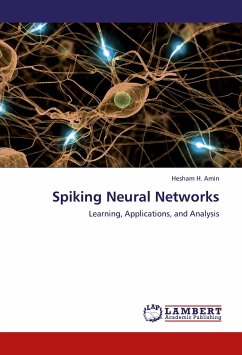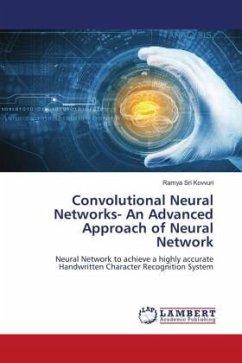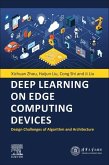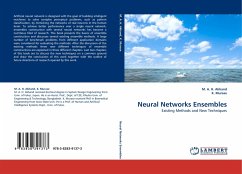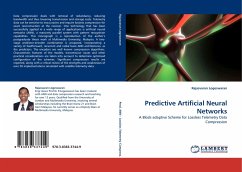In this book, focus has been placed on SpikingNeural Networks (SNNs). Research on artificial SNNs has gained momentum in the last decadedue to its ability to emulate biological neural network signals and its enhanced computational capabilities. Input data arrives into a SNN as temporal data instead of values within a time window (rate code). The input data into such a neural network arrives in the shape of sequence of pulses or spikes in time, which called spike train patterns. Thus, there is a need for a pre-processing method, a learning algorithm, and deep analysis for a practical model is a highly postulated matter. Emphasis has been placed on finding a robust and practical SNNlearning algorithm and as well as an analysis of how various parameters affect the algorithm's behavior. A special pre-processingstage (the mapping stage) was used to convert spike train pattern inputs into spatio-temporal outputs. Another main point of this research was to achieve a learning organization that can be practically implemented. Hence, learningschemes have been developed in a way that avoids complex or costly designs.
Hinweis: Dieser Artikel kann nur an eine deutsche Lieferadresse ausgeliefert werden.
Hinweis: Dieser Artikel kann nur an eine deutsche Lieferadresse ausgeliefert werden.

